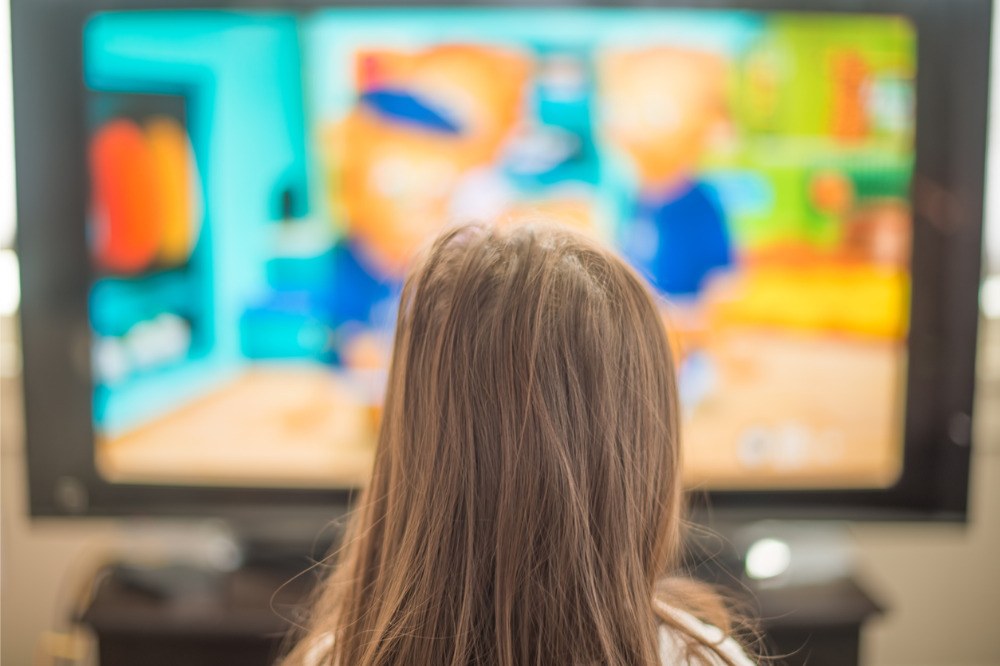
When the COVID-19 pandemic sparked a massive shift to online learning, it was clear that students would be spending much more time in front of screens than they had in the classroom.
However, before the arrival of the pandemic, debate was raging as to the potentially harmful effects of excessive screen time on students’ health.
Studies show that Australians spend one third of their day in front of screens, and for Americans, looking at screens occupies nearly half of their day.
However, a growing body of research suggests that any more than a couple of hours in front of a screen can have a damaging impact on the brain – particularly when it comes to cognitive functions.
To address this, some states have moved to ban smartphones from classrooms, but educators have little control as to how often students engage with screens outside school hours, such as when they get home and switch on the TV or computer.
A recent study examined the impact that TV and computer use are having on the learning outcomes of students aged 8 and 9.
Lisa Mundy, a Research Fellow at the Murdoch Children's Research Institute, and George Patton, Professor of Adolescent Health Research at the University of Melbourne, published the results of their research in PLOS ONE and in an article that recently appeared in The Conversation.
“We found children who watched TV two hours per day at 8 and 9 years of age performed lower in reading two years later compared with children who had watched little TV,” the researchers wrote.
“This was equivalent to the loss of a third of a year in learning. There was no impact of watching TV on numeracy”.
The study found that children who used a computer for at least one hour per day had a similar loss in numeracy scores two years later compared with their peers. There was no association between computer use and reading.
“In contrast, we found no links between playing video games and children’s learning,” the researchers wrote.
“Although much has been written about the consequences of digital media use for kids’ physical and mental health, little attention has been paid to its potential impact on education”.
The researchers pointed out that before the pandemic, electronic media use was already the most popular leisure-time activity for 7 to 18 year olds but the pandemic has meant children now spend around 50% more time with screens.
“Electronic media have been essential for us all in coping with the pandemic. It allows us to work from home, access information and services, and maintain relationships with family and friends,” they wrote.
“For children, it has meant being able to continue their education through lockdowns and school closures”.
However, the researchers point out that their study’s findings highlight the challenges for parents and teachers in guiding children in their use of electronic media.
“For parents, a family media plan is a useful tool where they can set limits on use, rules around when and where devices can be used, and help a child select quality content where they are more actively engaged,” they wrote, adding not all media use is the same in terms of benefits and risks.
“With active use, electronic media can become tools to create, to connect and to learn, bringing great benefits. However, where electronic media takes on merely a childminding role, poorer health, social and emotional development, and learning seem likely to follow”.


